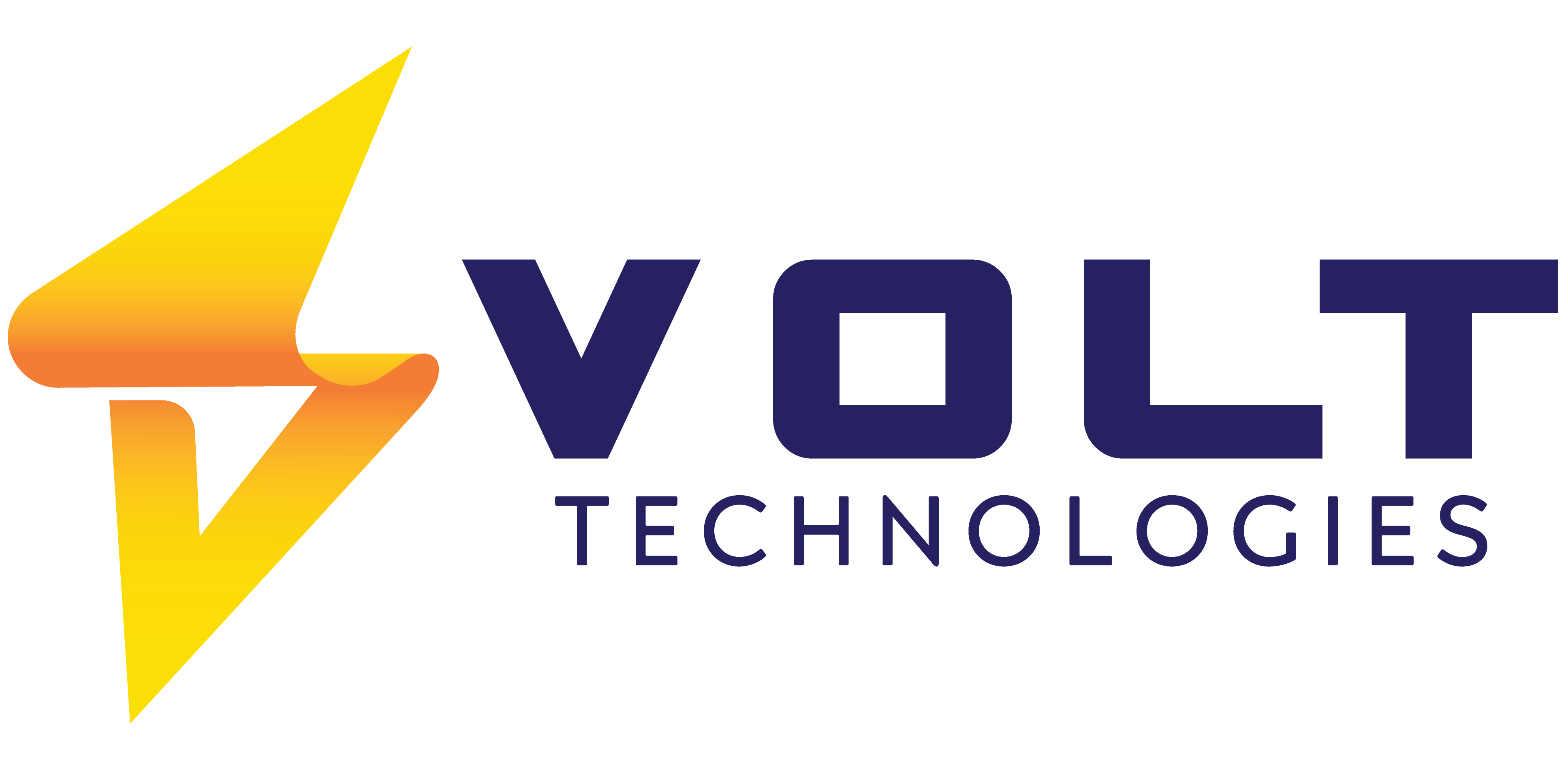ERP Implementation Success: Key Metrics, KPIs, and Best Practices


Microsoft Dynamics 365 | Simplify your IT footprint and make decisions faster.
- September 30, 2025
Introduction: How to Measure ERP Implementation Success
For small and mid-sized businesses, implementing an ERP system is a major investment but going live is only the beginning. The real question is: how to measure ERP implementation success? Simply rolling out the software doesn’t guarantee improved efficiency or business growth. This is why tracking ERP implementation success metrics, ERP implementation KPIs, and ERP adoption metrics is critical.
By defining the right measurements, from process efficiency to data accuracy and user adoption, organizations can determine whether their ERP is delivering real value. Equally important, these metrics help assess the ROI of ERP implementation, making it clear whether the investment is paying off in terms of cost savings, productivity, and long-term scalability.
In today’s competitive market, businesses cannot afford to leave ERP performance to chance. Success must be measurable. For example, does the ERP reduce order-to-cash cycle time? Has reporting improved for financial visibility? Are employees fully engaged with the system? These questions can only be answered with clear, data-backed KPIs.
As a trusted Microsoft Dynamics 365 Partner, Volt Technologies helps small and mid-sized businesses unlock measurable ERP success through tailored Business Central implementation services. In this blog, we’ll break down the most important metrics, KPIs, and best practices for tracking and maximizing ERP value.
Why Measuring ERP Implementation Success Matters
Implementing an ERP system is not just about completing the deployment phase, it’s about ensuring the solution actually delivers value. Without tracking ERP implementation success metrics and ERP implementation KPIs, businesses risk falling into the trap of assuming the system works simply because it’s operational.
The truth is, ERP projects can fail silently if not measured. For example, employees may revert to manual processes, financial reports might still lack accuracy, or order fulfillment may not improve. In these cases, adoption is low and ROI remains unrealized. That’s why companies must define how to measure ERP implementation success from the very beginning.
Some of the key reasons include:
- Ensuring ROI of ERP implementation: Proving whether the system is saving costs, improving efficiency, and supporting growth.
- Tracking ERP adoption metrics: Confirming that employees are actively using the system as intended.
- Improving decision-making: Data-driven insights help refine processes and boost long-term ERP performance.
- Highlighting areas for optimization: If KPIs show gaps, businesses can take corrective action early.
By consistently monitoring success factors, organizations transform ERP from just a software investment into a strategic business enabler.
Top ERP Implementation Success Metrics and KPIs
When defining how to measure ERP implementation success, companies should look at both quantitative and qualitative KPIs. The right set of ERP implementation success metrics allows businesses to not only validate system adoption but also evaluate whether the ERP is delivering tangible business value in terms of productivity, cost savings, and customer satisfaction.
Below are the most important categories of KPIs to track:
1. ERP Adoption Metrics
The first sign of ERP success is user adoption. Even the most sophisticated ERP system will fail if employees don’t actively use it. Many businesses underestimate this factor, focusing only on technical deployment rather than the behavioral shift required from staff.
Key adoption KPIs include:
- Percentage of employees actively using the ERP system: A high adoption rate indicates that the workforce trusts and relies on the ERP for day-to-day operations.
- Frequency of logins across departments: Tracks engagement levels and identifies departments that may need additional training.
- Number of manual processes eliminated: Demonstrates how effectively the ERP is replacing outdated tools such as spreadsheets.
- Employee satisfaction scores post-implementation: Surveys reveal whether users find the ERP intuitive, helpful, and aligned with their job roles.
Low adoption often signals gaps in training, change management, or system usability. Continuous monitoring of these metrics helps organizations intervene early and boost user confidence.
2. Operational Efficiency KPIs
One of the main reasons businesses invest in ERP is to streamline operations. Measuring efficiency shows whether processes are faster, more accurate, and less reliant on manual intervention.
Examples include:
- Order-to-cash cycle time: A reduction in this metric means that ERP is speeding up billing and revenue recognition.
- Inventory turnover improvements: Indicates better stock management and demand forecasting powered by real-time ERP data.
- Time taken for financial period close: A shorter close cycle reflects automation and improved data accuracy.
- Reduction in duplicate data entry: Demonstrates tighter system integration and fewer errors.
According to leading ERP research, companies that successfully implement ERP often see a 20–30% improvement in operational efficiency within the first year.
3. Financial Metrics and ROI of ERP Implementation
ERP systems are a significant investment, so financial KPIs are critical to demonstrate ROI of ERP implementation. These metrics evaluate whether the ERP contributes to cost reduction, revenue growth, and improved financial visibility.
Important ROI KPIs include:
- Reduction in operational costs: Fewer manual tasks, lower error rates, and better process control all drive savings.
- Increased revenue from better insights and faster decisions: ERP enables real-time visibility, helping organizations capitalize on opportunities quicker.
- Decreased IT and system maintenance costs: Modern ERP consolidates fragmented legacy systems, lowering infrastructure costs.
- Payback period for ERP investment: How quickly the business recovers its initial ERP spend through savings and efficiencies.
Successful ERP implementations often achieve ROI within 18–24 months, but only if financial KPIs are monitored from the start.
4. Data Accuracy and Reporting Quality
At its core, ERP is designed to serve as a single source of truth. Measuring improvements in data accuracy and reporting capabilities ensures that the system delivers on this promise.
Key indicators include:
- Percentage reduction in reporting errors: Reflects the reliability of ERP data compared to legacy systems.
- Time saved in generating compliance or management reports: Automation reduces reporting time from days to hours, or even minutes.
- Improved decision-making speed with real-time data: Faster access to insights helps leadership respond proactively to market changes.
Businesses that invest in ERP for analytics and reporting see up to 40% faster decision-making, directly linked to data accuracy improvements.
5. Customer Experience Metrics
Though customer experience may not appear directly linked to ERP, the reality is that an efficient backend system drives better customer-facing outcomes. Faster order processing, accurate inventory, and timely deliveries all improve customer satisfaction.
Metrics to track:
- Faster order fulfillment times, Demonstrates ERP’s impact on streamlining the supply chain.
- Improved customer satisfaction scores (CSAT or NPS), Reflects how well the ERP indirectly enhances the end-user experience.
- Higher on-time delivery rates, A result of better demand forecasting and logistics coordination.
Companies that align ERP adoption with customer-focused KPIs often see a direct boost in customer retention and repeat sales.
Why a Balanced KPI Mix Matters
Focusing too heavily on one category, such as cost savings, can create blind spots. A holistic approach that balances adoption, efficiency, financial, data, and customer metrics ensures a full picture of ERP success. This balanced view not only validates the system’s effectiveness but also builds a roadmap for continuous improvement.
Best Practices for Measuring ERP Implementation Success
Defining ERP implementation success metrics and KPIs is just the first step. To truly understand how to measure ERP implementation success, organizations need a structured approach. These best practices ensure that measurement is consistent, reliable, and aligned with business goals.
1. Define Success Before Implementation
Many projects fail because success was never clearly defined at the start. Businesses should establish baseline ERP adoption metrics and operational benchmarks before go-live. This way, improvements can be measured against actual data, not assumptions.
2. Align KPIs with Business Objectives
Not every KPI will matter equally. A mid-sized manufacturer may focus on production efficiency, while a distributor may prioritize inventory turnover. Choose ERP implementation KPIs that reflect your strategic goals, whether cost reduction, growth, or compliance.
3. Use a Mix of Quantitative and Qualitative Measures
Numbers tell part of the story, but user experience and satisfaction matter too. Combining ROI of ERP implementation with employee adoption surveys provides a well-rounded view of performance.
4. Monitor Continuously, Not Just Post Go-Live
Measuring ERP success should not be a one-time event. Establish regular reporting intervals, monthly, quarterly, and annually,to track ongoing performance. This allows early identification of gaps and prevents small issues from becoming large failures.
5. Benchmark Against Industry Standards
To understand whether your ERP is truly driving competitive advantage, compare KPIs with industry benchmarks. For example, check if your order-to-cash cycle time or inventory accuracy meets best-in-class standards.
6. Leverage Built-In ERP Dashboards and Reporting Tools
Modern ERP systems like Microsoft Dynamics 365 Business Central provide built-in analytics dashboards. Leveraging these features makes tracking ERP implementation KPIs easier, more accurate, and accessible to decision-makers in real time.
7. Involve Key Stakeholders in the Review Process
ERP performance impacts multiple teams, finance, operations, sales, and IT. Involving stakeholders in reviewing ERP adoption metrics ensures that every perspective is considered when defining success.
Conclusion: Driving ERP Success through the Right Metrics
Measuring ERP success goes far beyond go-live. By focusing on the right ERP implementation success metrics and KPIs, businesses can evaluate adoption, identify areas for improvement, and ensure long-term ROI of ERP implementation. When aligned with strategic objectives, these insights turn ERP systems into powerful enablers of growth, efficiency, and innovation.
For small and mid-sized businesses, success depends on clear measurement, continuous monitoring, and stakeholder involvement. The right ERP adoption metrics make it possible to track real business outcomes, whether that means reduced costs, faster processes, or improved decision-making.
At Volt Technologies, we specialize in helping organizations implement and optimize Dynamics 365 Business Central. Our experts not only ensure a smooth rollout but also guide you in tracking the right KPIs so that you see measurable value from day one.
Ready to measure and maximize your ERP success? Contact us today to discuss how Volt Technologies can support your journey.
